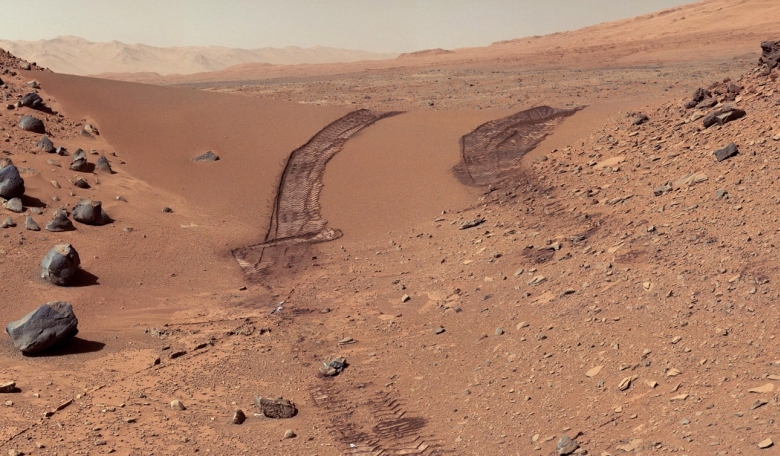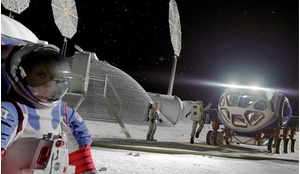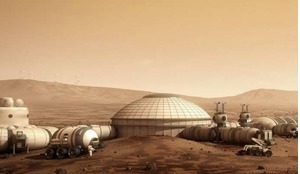Before you can use a drill to dig for samples or send a rover off across the surface of Mars or the Moon, the technology must first be tested on Earth. But how do you simulate the surface of another planetary body when they are all very different? Fortunately, on hand is a new ESA laboratory at Harwell in Oxfordshire, UK - a curation facility that specialises in recreating the surface of other worlds here on our own planet.
Preparing for ground-based missions to the Moon and Mars requires, amongst many things, adequate materials that replicate the properties of the surface regolith found on these planetary bodies. These materials, termed simulants, are useful for testing the technologies that will be sent on these missions, including instrument calibration, power requirements for roving vehicles, drilling and sampling activities, and in situ resource utilisation (ISRU) of the surface rocks and minerals.
Where then, would you expect to find such simulants on Earth that could be used for these purposes? Try Harwell in Oxfordshire, UK, where ESA’s Sample Analogue Curation Facility (SACF) has been set up to help further the advancements in technologies for lunar and martian missions.
This newly established facility includes an analytical laboratory, a sample preparation workshop, and a sample curation room. Its main aim is to produce new regolith simulants, analyse existing simulants and curate a simulant collection for the benefit of engineering and scientific research projects.














